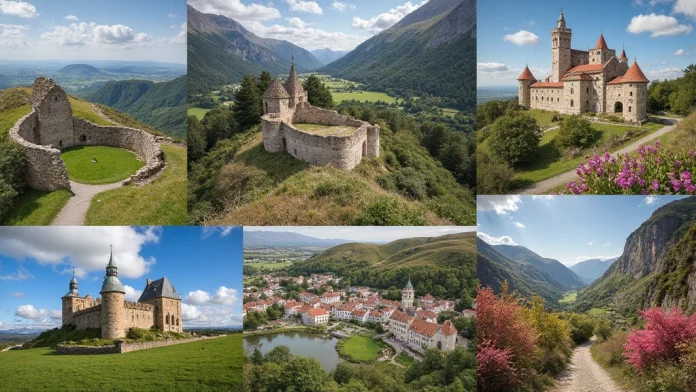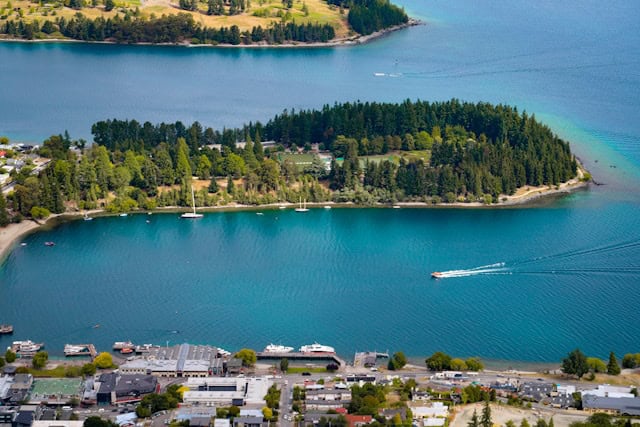18 Fascinating Historical Sites in Europe You Never Knew Existed!
Europe is a treasure trove of history, filled with stories that span centuries and cultures. While many flock to iconic landmarks like the Eiffel Tower and the Colosseum, there are countless hidden gems waiting to be discovered. From ancient ruins tucked away in quiet villages to stunning castles that whisper tales of old, these lesser-known historical sites offer a unique glimpse into Europe’s rich past.
Set off on a journey that takes you through time, revealing corners of Europe history that often go unnoticed. Every site is steeped in intrigue, often surrounded by breathtaking landscapes, making them perfect for both the history buff and the casual traveler. Let’s explore these 18 fascinating historical sites that are sure to captivate your imagination and inspire your wanderlust.
1. The Roman Theatre of Orange, France

Nestled in the charming town of Orange, the Roman Theatre stands as one of the best-preserved Roman theatres in the world. Built in 35 BC, this architectural marvel boasts a stunning stage, massive backdrop, and impressive seating capacity of around 10,000 spectators. The theatre is famous not just for its age, but also for its acoustics that can still resonate with the voices of performers.
Every summer, the theatre comes alive with the Chorégies d’Orange, an opera festival that draws in people from all over the globe. Visitors can roam through the site, absorbing the rich atmosphere of this historic location while imagining the performances that once captivated audiences.
– Plan your visit during the festival for a magical experience.
– Check out the nearby ancient city of Orange for more historical wonders.
The theatre’s architecture is a testament to the engineering prowess of the Romans, making it a must-see for architecture enthusiasts.
2. The Alhambra, Spain
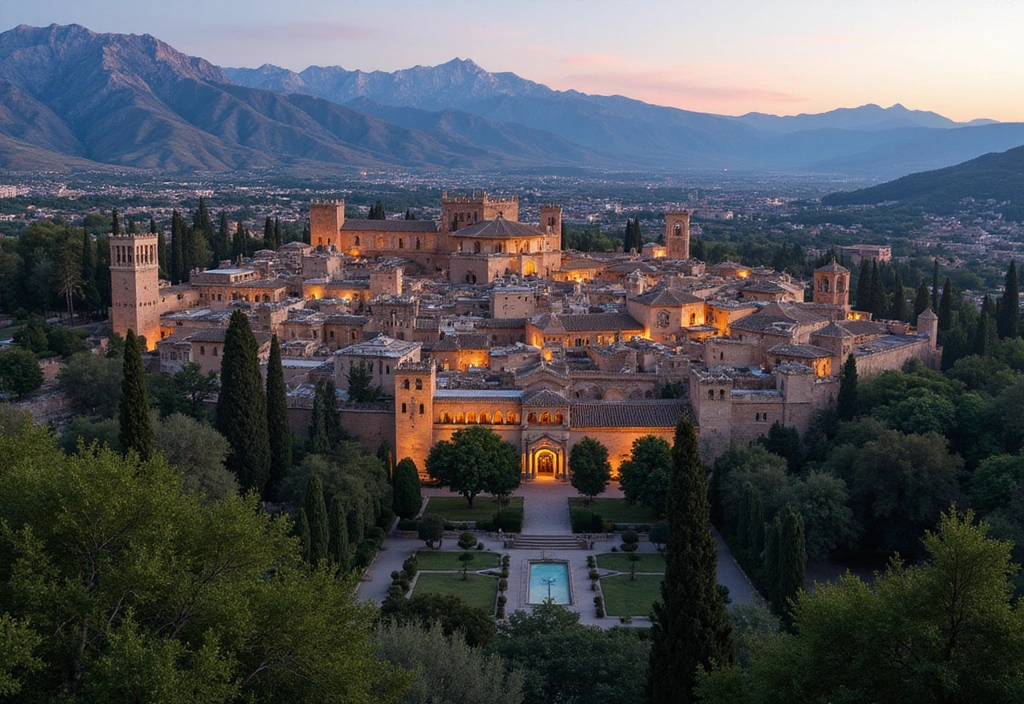
The Alhambra, perched on the rolling hills of Granada, is a stunning example of Moorish architecture. This palatial fortress, originally built in the mid-13th century, is adorned with intricate tile work, lush gardens, and tranquil fountains that seem to transport you back to the time of the Nasrid dynasty.
As you wander through the stunning halls and courtyards, the beauty of the Alhambra is breathtaking. The views of the Sierra Nevada mountains and the city of Granada below add an extra layer of magic. Guided tours often share fascinating tales about the site’s history, making it a rich experience for visitors.
– Buy your tickets in advance, as they often sell out quickly.
– Don’t miss the Generalife gardens for a delightful stroll.
The Alhambra is one of the best examples of Islamic architecture in Europe, showcasing a blend of beauty and spirituality.
3. Dolmens of Antequera, Spain

Located in the picturesque region of Andalusia, the Dolmens of Antequera are some of the oldest megalithic structures in Europe, dating back to the Neolithic period. With their massive stone slabs, these ancient tombs were built with remarkable precision and are thought to have held significant ceremonial value.
The largest, known as the ‘Dolmen of Menga,’ is a staggering structure that captures the imagination. Standing inside these ancient tombs evokes a sense of awe, knowing you’re walking through history that stretches back thousands of years. The site was even declared a UNESCO World Heritage Site due to its cultural significance.
– Consider visiting during sunrise for a truly magical atmosphere.
– Don’t forget to explore the nearby archaeological museum to learn more about the region’s history.
The dolmens align perfectly with the sunrise during certain times of the year, hinting at their astronomical importance to ancient peoples.
4. The Palace of Caserta, Italy
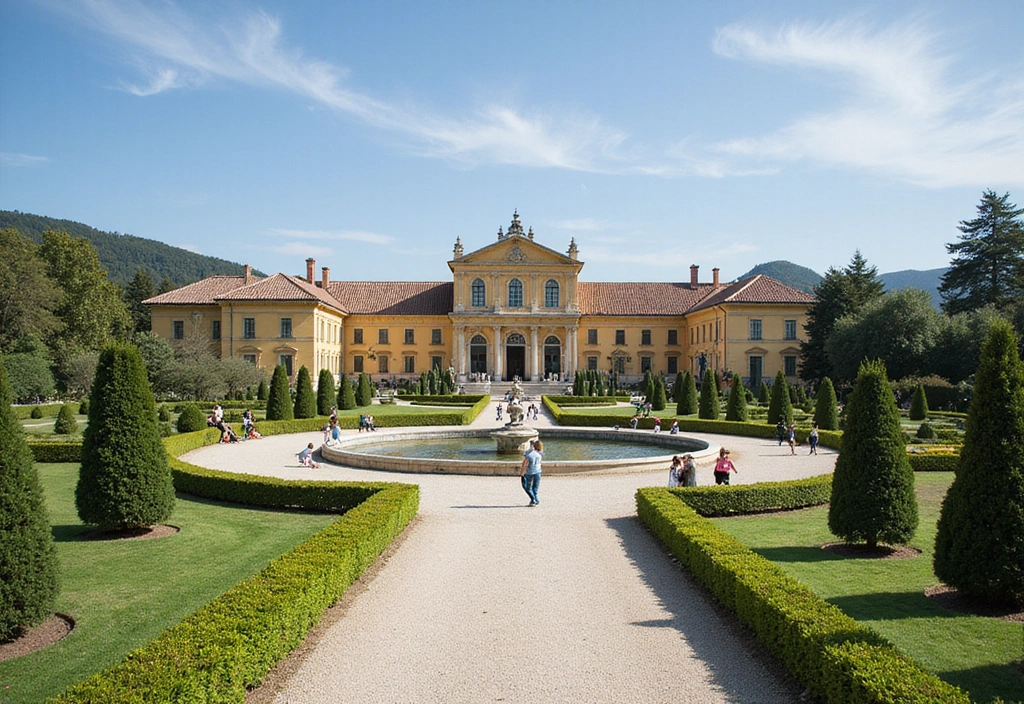
Often overshadowed by the grandeur of Versailles, the Palace of Caserta is a hidden gem that will leave you breathless. This Royal Palace, built in the 18th century for the Bourbon kings of Naples, boasts stunning Baroque architecture and expansive gardens that are a testament to the opulence of the time.
Stepping inside, you’ll be greeted by grand staircases, lavish rooms filled with intricate frescoes, and sprawling gardens that rival those of its more famous counterpart. The gardens, with their fountains and reflective pools, are perfect for a leisurely stroll, offering tranquil spots to relax and take in the beauty.
– Wear comfortable shoes; the gardens are vast and ideal for exploring.
– Don’t miss the garden’s waterfall, which is a spectacular sight!
The palace served as a filming location for several movies, including ‘Star Wars: Episode I – The Phantom Menace’.
5. The Castle of the Moors, Portugal

Perched high in the Sintra mountains, the Castle of the Moors offers panoramic views that are simply unforgettable. Built by the Moors in the 8th and 9th centuries, the castle’s crumbling stone walls and towers tell a story of battles fought and lost.
As you hike up to the castle, the lush greenery and the scent of pine fill the air, creating an enchanting atmosphere. Inside, you can walk along the ancient walls, absorbing the sight of the surrounding countryside and the distant Pena Palace. The history here is palpable, making it a perfect spot for photography enthusiasts and history buffs alike.
– Visit early in the morning or later in the afternoon to avoid the crowds.
– Bring a camera; the views are breathtaking!
The castle was strategically built to watch over the region and played an essential role in the history of Portugal.
6. The Citadel of Vauban, France

The Citadel of Vauban in Besançon is a masterpiece of military architecture designed by the famed engineer Vauban in the 17th century. This fortress, strategically located on a hill overlooking the city, served as a defensive stronghold and is a UNESCO World Heritage Site.
Visitors can explore the intricate bastions, ramparts, and the beautiful museum dedicated to the citadel’s history. This historical site offers a unique blend of military history and breathtaking views of the Doubs River valley. The site comes alive with reenactments and festivals, immersing you in history.
– Set aside a few hours to fully explore the site and its museum.
– Bring a picnic and enjoy it on the panoramic lawns.
The citadel was designed not just for defense, but also to be aesthetically pleasing, showcasing the importance of architecture in military design.
7. The Ruins of Herculaneum, Italy
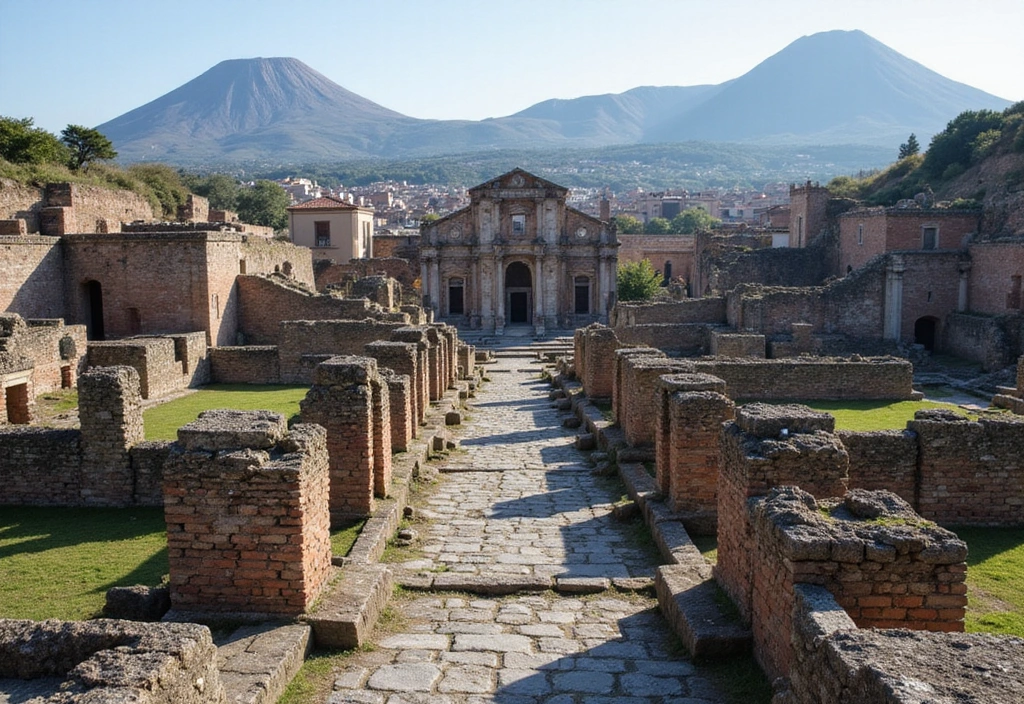
Less famous than its neighbor Pompeii, the ruins of Herculaneum offer a different, more intimate glimpse into ancient Roman life. When Mount Vesuvius erupted in AD 79, Herculaneum was buried under volcanic ash, but the preservation of organic materials here is remarkable.
Visitors can wander through ancient streets, enter well-preserved houses, and see frescos that still retain vibrant colors. The site is less crowded than Pompeii, allowing for a more reflective experience. The smaller size means you can explore it more thoroughly in a shorter amount of time.
– Take a guided tour for deep insights into the site’s history.
– Visit the Archaeological Museum in Naples afterward to see many artifacts recovered from Herculaneum.
Herculaneum offers a more complete picture of daily Roman life, including wooden furniture and even food items that were preserved.
8. The Longobards’ Sites, Italy
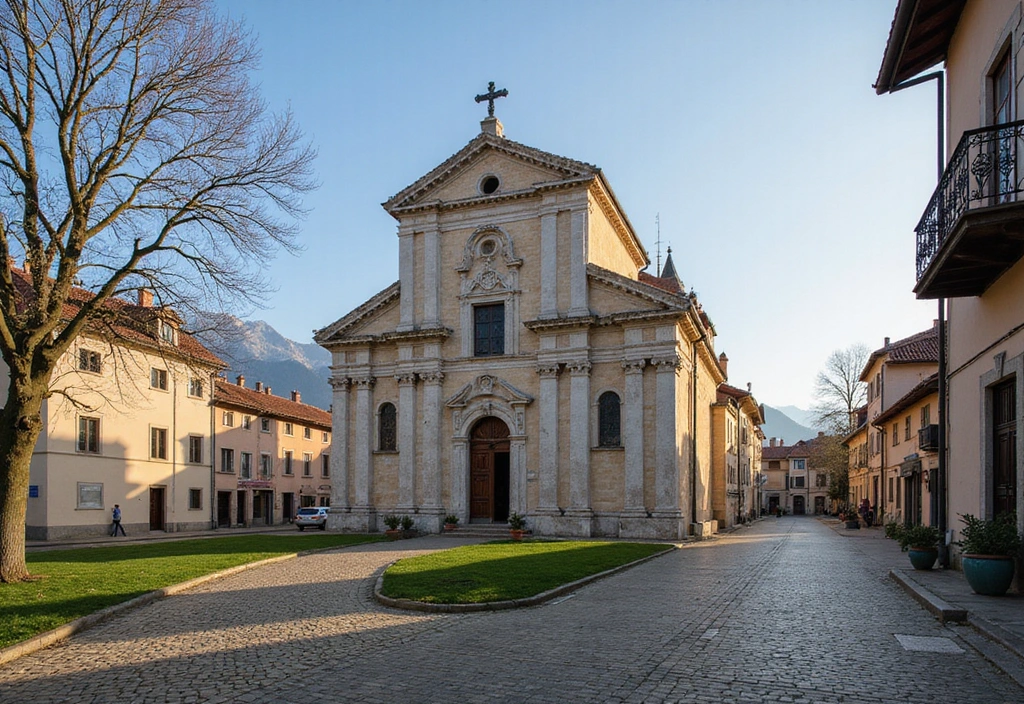
So often overlooked, the Longobards’ sites in Italy are a hidden historical treasure. Spanning the early medieval period, these UNESCO-recognized sites include churches and monuments that reflect the rich heritage of the Lombards.
The most notable among them is the Church of Santa Maria foris portas in Cividale del Friuli, featuring stunning architecture and beautiful frescoes. Exploring these sites gives a unique glimpse into a formative period of Italy’s history, showcasing how different cultures shaped the landscape.
– Combine visits to multiple sites for a more comprehensive experience of Longobard history.
– Investigate local legends and folklore to enrich your visit.
Each site tells not only of the Longobards but also of the interactions between different cultures during a time of great change.
9. The Abbey of Mont Saint-Michel, France

Rising out of the sea like a fairytale castle, the Abbey of Mont Saint-Michel is one of France’s most iconic landmarks, and yet it feels like a step back in time. Founded in the 8th century, this small island commune is home to a stunning medieval abbey perched atop a rocky outcrop. The tides of the sea create a stunning backdrop, transforming the landscape every few hours.
Visitors can explore the narrow streets lined with charming shops and cafes, and as you ascend to the abbey, you’ll be rewarded with breathtaking views of the surrounding bay. The history here is palpable, with tales of pilgrims and monks echoing through the ages.
– Visit during low tide to walk around the base and fully appreciate its unique position.
– Stay overnight for a magical nighttime experience as the island lights up.
Mont Saint-Michel is not just a remarkable architectural feat but also an impressive example of medieval ingenuity in adapting to its environment.
10. The Bletchley Park, England
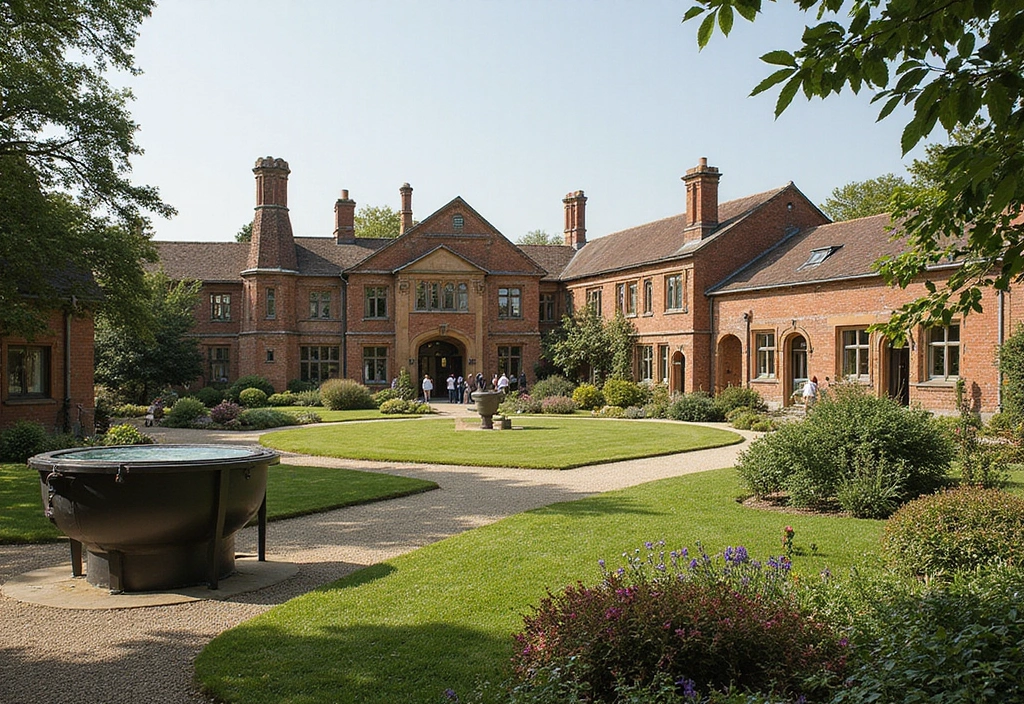
Bletchley Park is a historical site that played a key role during World War II as the center of British codebreaking efforts. Here, some of the brightest minds, including Alan Turing, worked to decipher the Enigma code, a pivotal moment that helped change the course of the war.
The site is now a museum where visitors can explore original huts, learn about the history of cryptography, and even see the working Enigma machine. It’s an incredible place to understand the intersection of technology and history.
– Take one of the guided tours for a thorough understanding of the site’s history.
– Visit the gift shop for books and souvenirs related to Bletchley’s incredible legacy.
The work done at Bletchley Park laid the foundations for modern computing and continues to influence technology today.
11. The Vasa Museum, Sweden
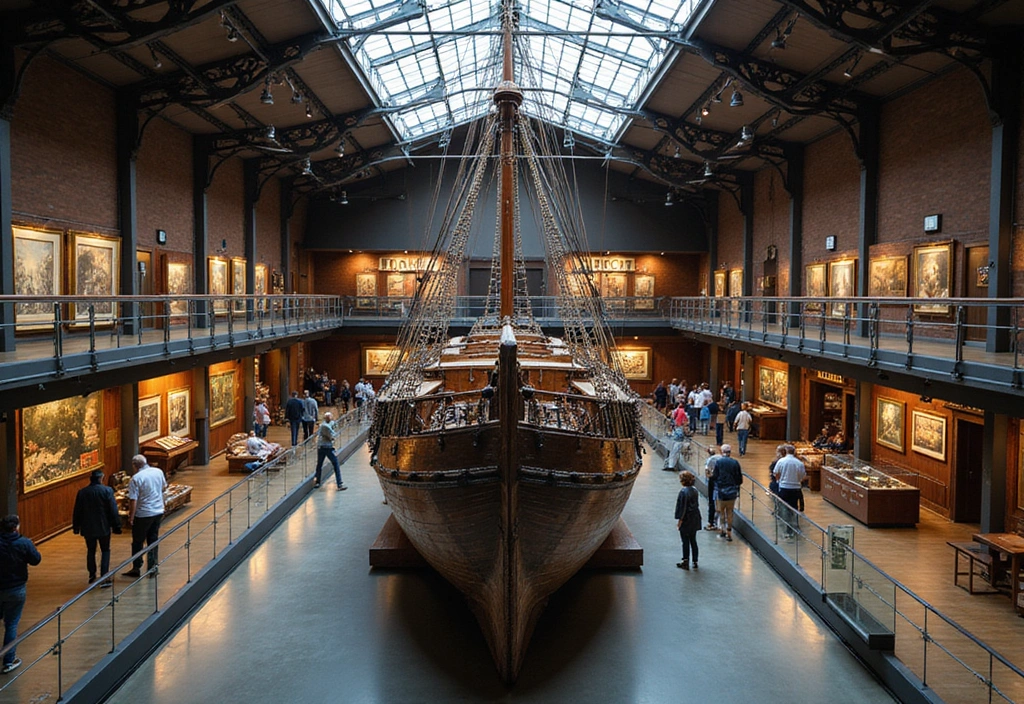
The Vasa Museum in Stockholm is home to a 17th-century warship that sank on its maiden voyage. The ship, known as the Vasa, was salvaged and restored, becoming a stunning centerpiece of maritime history. The museum showcases the ship’s intricate details and the rich history of its era.
Visitors can marvel at the ornate carvings and learn about the ship’s construction and tragic fate. The museum also offers engaging exhibits that delve into 17th-century life, making it an educational experience for all.
– Book your tickets online to avoid long queues.
– Don’t miss the short film about the ship’s recovery—it’s quite fascinating!
The Vasa is a testament to the ambitions of its time and serves as a reminder of how history can be preserved through dedicated restoration efforts.
12. The Cliffs of Moher, Ireland

The Cliffs of Moher are not only a breathtaking natural wonder but also steeped in history and folklore. Rising up to 700 feet above the Atlantic Ocean, these majestic cliffs offer stunning views and have long been a source of inspiration for artists and poets. Legends of fairies and ancient warriors are prevalent, adding a mystical quality to the landscape.
Visitors can walk along designated paths, taking in the stunning vistas and possibly spotting puffins during the nesting season. The visitor center provides insights into the geology and history of the area, making it a well-rounded experience.
– Wear sturdy shoes; some trails can be rocky.
– Visit at sunrise or sunset for the best views.
The Cliffs of Moher have featured in numerous films, including the famous ‘Harry Potter’ series, showcasing their cinematic allure.
13. The Old Town of Dubrovnik, Croatia
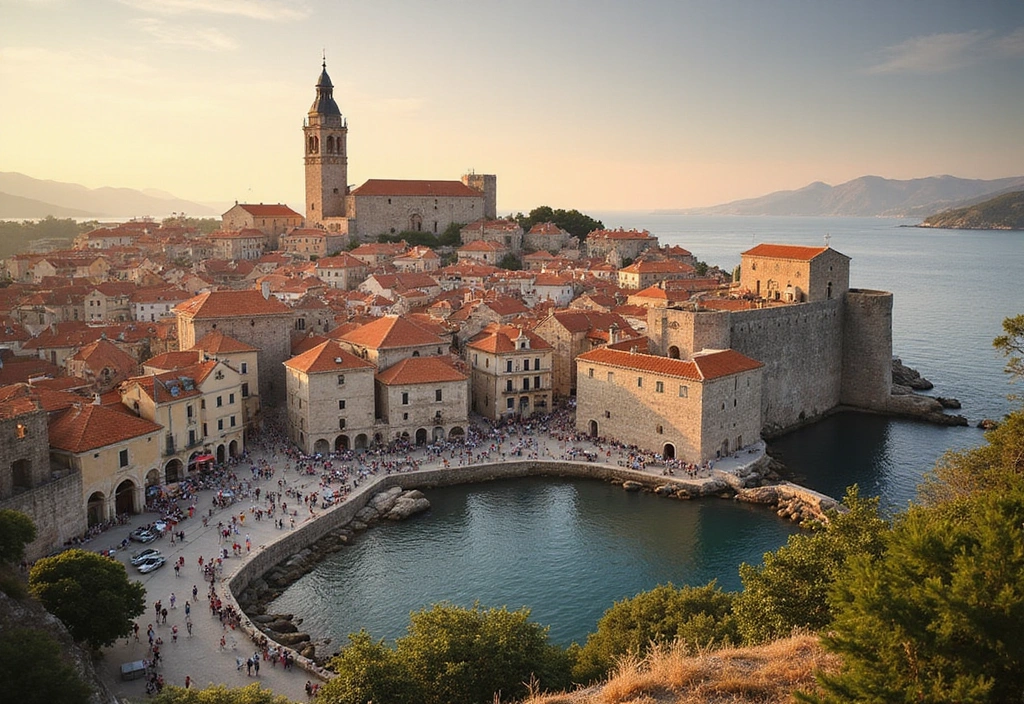
The Old Town of Dubrovnik is a UNESCO World Heritage Site that offers a charming blend of history and stunning Mediterranean beauty. Enclosed by ancient city walls, the town’s cobbled streets are lined with well-preserved baroque buildings, historic churches, and bustling shops. The Stradun, the main street, is particularly vibrant with locals and tourists alike.
Visitors can stroll the walls for panoramic views of the Adriatic Sea and nearby islands. The forts and towers tell stories of the city’s resilience throughout history. It’s an excellent spot for history buffs and anyone looking to soak up the sun and culture.
– Visit early or late to avoid tourist crowds.
– Try the local cuisine at one of the many rooftop restaurants for a beautiful dining experience.
Dubrovnik’s walls are some of the best-preserved in Europe, standing as a testament to the city’s rich maritime history.
14. The Treetop Walk at Oetz Valley, Austria
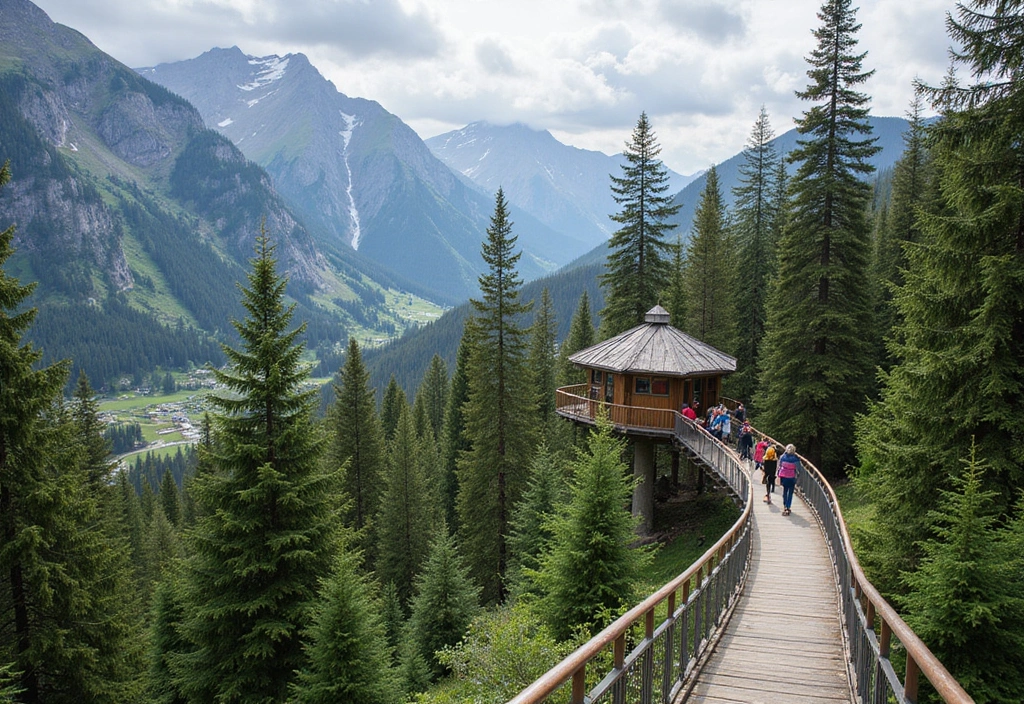
The Treetop Walk at Oetz Valley offers a unique perspective on the history of the region through its natural landscapes. This elevated walkway allows visitors to experience the beauty of the forest from above while also learning about the local flora and fauna, deeply rooted in the region’s history. The views of the Ötztal Alps from the walkway are breathtaking, blending nature with history seamlessly.
As you stroll along the path, interactive exhibits provide insights into the ecological significance of the trees and the role they’ve played in local culture. It’s a perfect mix of outdoor adventure and historical education.
– Wear comfortable clothing to enjoy your walk.
– Bring a camera for the stunning views!
The walk highlights the importance of conservation and the historical relationship between the local communities and their environment.
15. The Ancient City of Pompeii, Italy

Pompeii is one of the most famous archaeological sites in the world, known for its remarkably preserved ruins that provide a snapshot of Roman life before the catastrophic eruption of Mount Vesuvius in AD 79. Walking through the city’s streets is like stepping back in time; you’ll see frescoed walls, ancient baths, and even remnants of shops and homes.
While Pompeii can be crowded, the scale and detail of the site are staggering, offering a unique educational experience about the Roman Empire. Exploring this ancient city reveals the daily lives, art, and culture of its inhabitants.
– Wear good walking shoes; the site is extensive.
– Consider a guided tour for deeper insights into the history and significance of what you’re seeing.
The preservation of Pompeii provides invaluable information about Roman life, making it a vital site for archaeology and history.
16. The Historic Town of Auronzo di Cadore, Italy
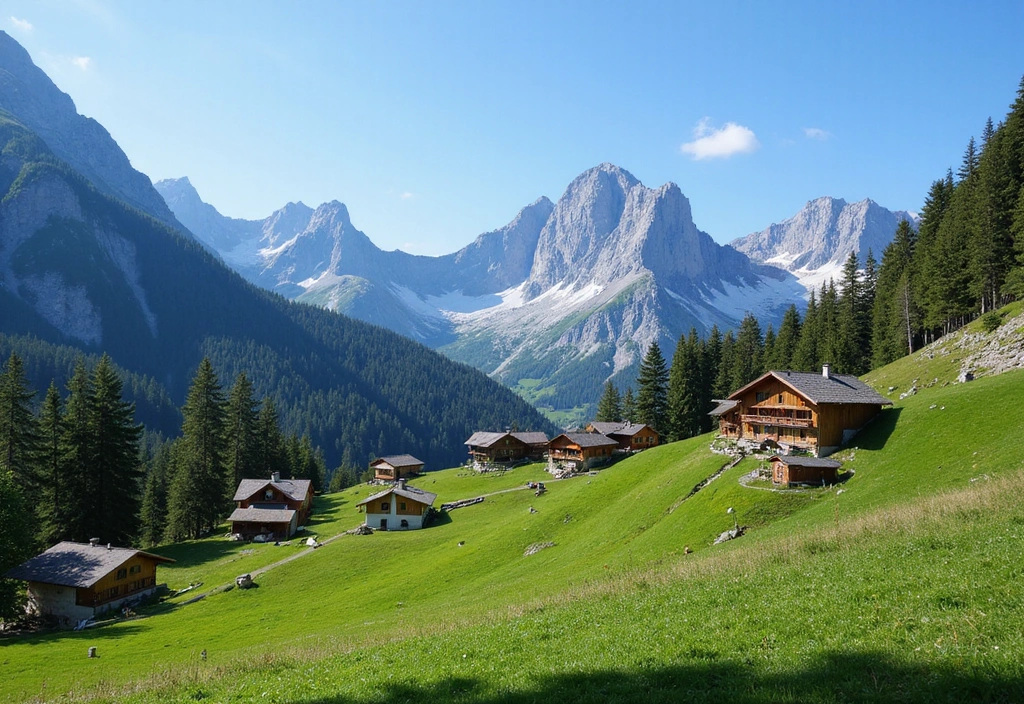
Auronzo di Cadore is a charming town nestled in the Dolomites, rich in history and stunning mountain scenery. Known as the birthplace of the famous painter Titian, this town is full of cultural significance and offers a glimpse into the region’s past. The local museum showcases artifacts and exhibits about the area’s history, including its historical role in World War I.
Additionally, Auronzo is a gateway to beautiful hikes and outdoor activities, making it perfect for those looking to combine adventure with history. The natural beauty surrounding the town enhances its historical charm.
– Explore the local hiking trails for breathtaking views of the Dolomites.
– Try the local cuisine at one of the charming trattorias for an authentic experience.
The historical significance of Auronzo di Cadore extends beyond its beautiful scenery, intertwining art, culture, and history into a single experience.
17. The Historic Centre of Florence, Italy

Florence is often celebrated as the cradle of the Renaissance, and its historic center is a UNESCO World Heritage Site. Home to masterpieces of art and architecture, including the stunning Florence Cathedral and the Uffizi Gallery, the city echoes with creativity and history. Walking through the streets filled with piazzas, fountains, and vibrant markets feels like stepping into a living museum.
Visitors can admire works by Michelangelo and Botticelli while savoring local cuisine in quaint cafes. The city’s history is palpable and is elegantly intertwined with its architecture.
– Pre-book museum tickets to skip the lines.
– Spend time in the local markets for a taste of Florentine life.
Florence’s influence on art and culture laid the foundation for modern Western civilization, making it a must-visit for art lovers.
18. The Historic Town of Hvar, Croatia
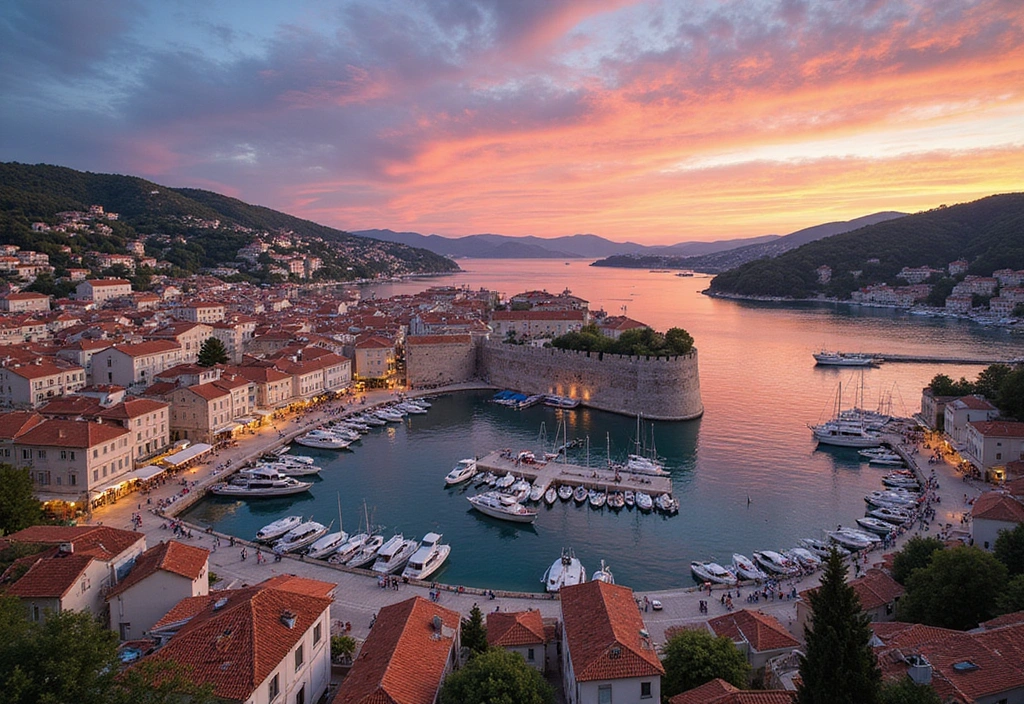
Hvar is a beautiful island town known for its stunning architecture, vibrant nightlife, and rich history. The town’s fortified walls and ancient castles tell stories of its strategic importance during the Venetian era. Visitors can explore charming streets, relax in lively piazzas, and enjoy the stunning views from the fortress that overlooks the town.
The blend of cultural heritage and Mediterranean lifestyle makes Hvar a unique destination. The local cuisine, particularly the fresh seafood offerings, is a treat for food lovers, perfectly complementing the town’s historical charm.
– Visit the fortress at sunset for incredible views.
– Sample local wines and olive oils for a taste of tradition.
Hvar has a rich history as a center of trade and culture, making it an exciting blend of history and modern vibrancy.
Conclusion
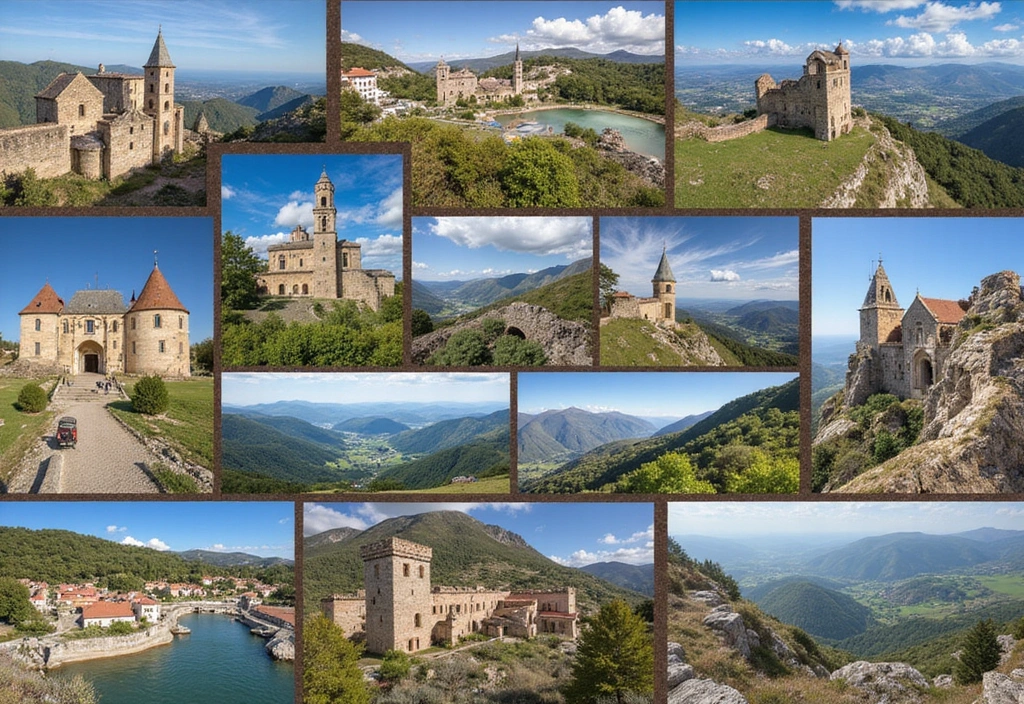
These 18 lesser-known historical sites in Europe offer a fresh perspective on the continent’s rich history. By stepping off the beaten path, you can uncover stories that go far beyond the usual tourist attractions, enriching your travels with deeper cultural connections. Each site has its own unique charm and history, inviting you to explore and experience the layers of Europe history in your travels.
As you plan your next adventure, consider these destinations for a journey filled with discovery and wonder.



















